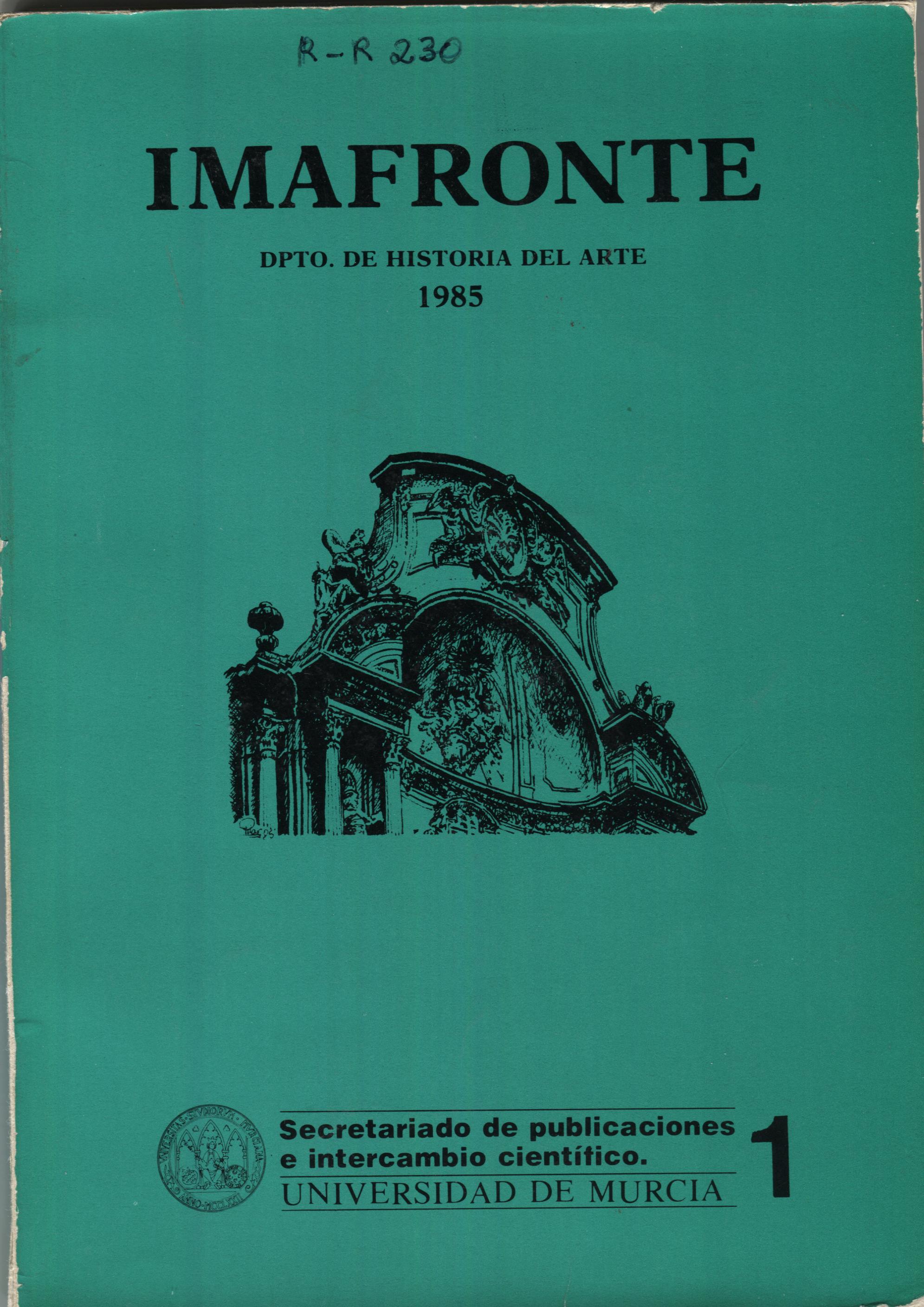SIBILAS VIRGILINAS EN EL RENACIMIENTO ESPAÑOL: LA SIBILA DE CUMAS DE EL SALVADOR DE ÚBEDA (JAÉN)
Abstract
Amongst the various different iconographic studies that have been made of the Spanish Renaissance period, one of the most noteworthy is that of the Sibyl, linking up with traditions that date all the way back to the very beginnings of Christianity. The humanist discovery, of the Sibyl involves the learned recovery of an enigmatic figure with which an attempt was made to symbolize the perfect harmonization of classical religion with Christian tradition. Within the Corpus of Sibyls, the perfect element of the union symbolized in Ficino's docta religio, the Sibyl of Cumas of the church of Salvador de Ubeda constitutes the crux of this investigation due to its special significance. We are dealing with a previously unheard of interpretation of the figures that crown the upper part of the doorway (the workmanship of Andrés de Vandelvira) of the above mentioned church, based on the inscriptions thereon which clearly exemplify this new identification. The presence of the emperor Augustus together with the Sibyl, worshipping a Deipar, ties in with both representational medieval tradition (Speculum Humanae Salvationis)and with the prophetic nature of Virgilis IV Eclogue. The possibility of identifying the Octavius of Ubeda as a new version of Carlos V (the monument is the workmanship of his Secretary, Francisco de los Cobos) presents itseif as an unknown factor in the realms of the new iconographic interpretation of the set of inscriptions.Downloads
-
Abstract407
-
PDF (Español (España))298
1. The authors non-exclusively assign the exploitation rights (reproduction, distribution, communication and transformation) to the magazine.
2. The works published in this magazine are subject to the Attribution-ShareAlike 4.0 International license (CC By SA 4.0). Therefore, they can be copied, used, disseminated, transmitted and publicly displayed, provided that:
i) the authorship and the original source of its publication (journal, editorial and URL of the work) are cited, thus allowing its recognition.
ii) it is allowed to remix, transform or create from the material while maintaining the same license as the original.

3. Self-archiving conditions. Authors are allowed and encouraged to electronically disseminate the pre-print (version before being evaluated) and/or post-print (version evaluated and accepted for publication) versions of their works before publication, as it favors their publication. Earlier circulation and diffusion and with it a possible increase in its citation and reach among the academic community. Color RoMEO: verde.






















